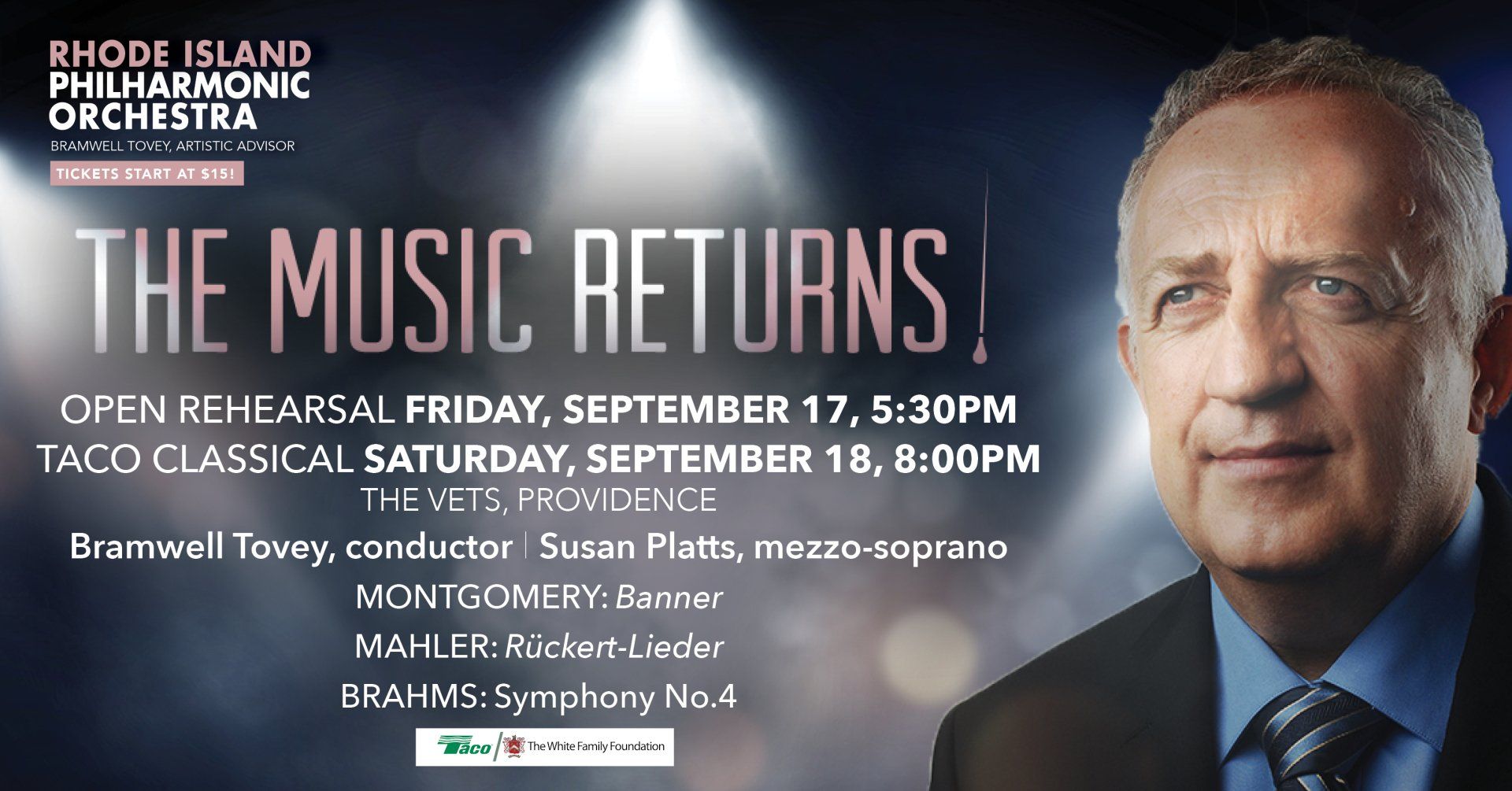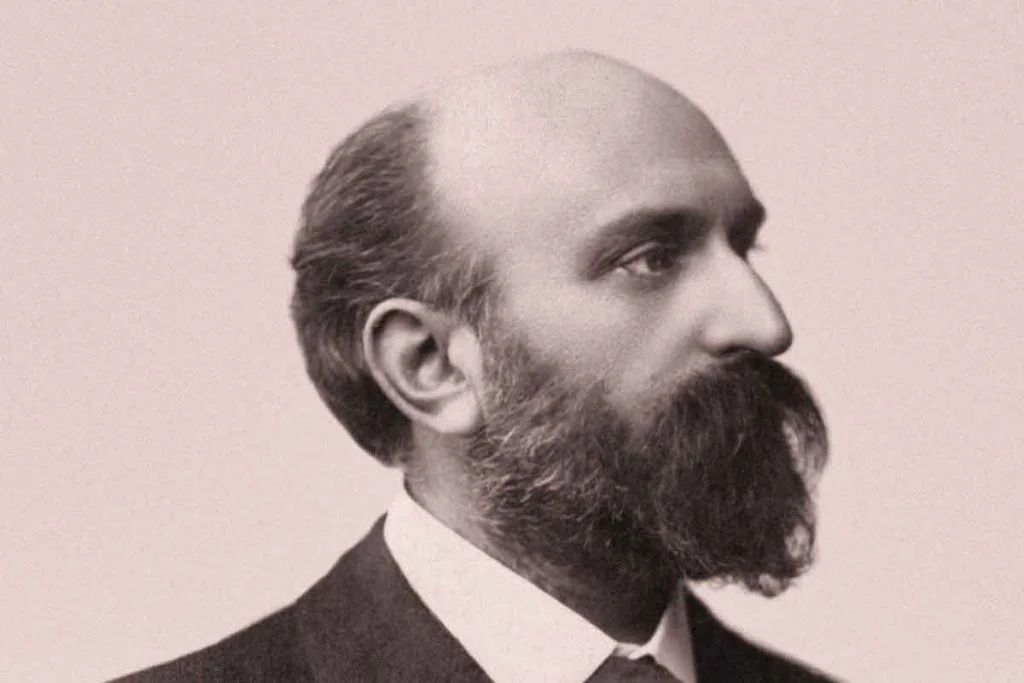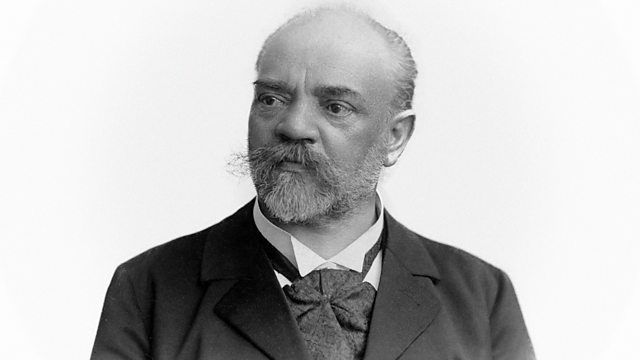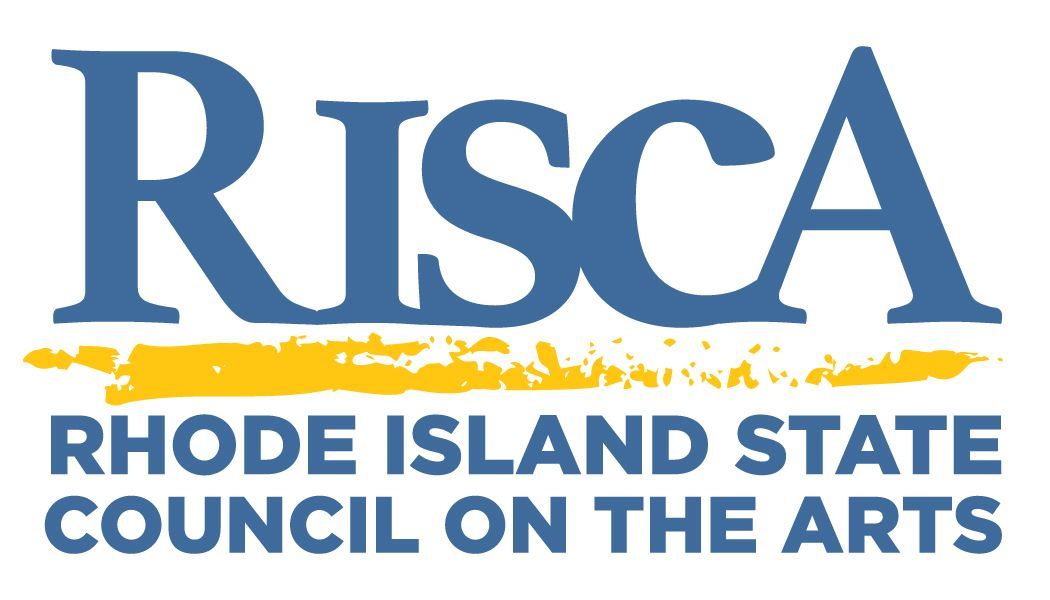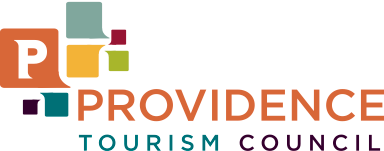THE STORY BEHIND: Montgomery's Banner
Share
Title: Banner
Composer: Jessie Montgomery (1981- )
Last time performed by the Rhode Island Philharmonic: This is a RI Philharmonic Orchestra premiere. This piece is scored for two flutes, oboe, clarinet, bassoon, horn, trumpet, timpani, strings and string quartet.
The Story:
Composer-violinist-educator Jessie Montgomery hails from New York’s Lower East Side, where her father managed a music studio. She was, in her words, “constantly surrounded by all different kinds of music.” Thus, her own compositions have drawn from many diverse influences, such as African-American spirituals, civil rights anthems, improvisational styles, modern jazz, film scoring, etc. From those early years, she developed, chiefly as a violinist, to receive degrees from the Juilliard School and New York University. In her professional performing life, Montgomery has been a member of the Providence String Quartet and the Catalyst Quartet. The latter began as a project of the Detroit-based Sphinx Organization, which creates opportunities for African-American and Latinx string players.
As a composer, Montgomery is currently the Mead Composer-in-Residence of the Chicago Symphony Orchestra, and was the resident Composer-Educator for the Albany Symphony during the 2015-16 season. In addition, she has been recognized with grants and fellowships from the American Composers Orchestra, the Sphinx Organization, the Joyce Foundation, and the Sorel Organization. Her reputation has been spreading steadily, mainly in North America, beginning in New York City, Providence, and Boston, reaching out to Deer Valley, Utah; Miami Beach, Florida; Birmingham, Alabama; and Toronto, Ontario.
About
Banner, Montgomery writes:
Banner
is a tribute to the 200th anniversary of
The Star Spangled Banner, [the lyrics of which were written by Francis Scott Key in 1814].
Banner is a rhapsody on the theme of
The Star Spangled Banner. Drawing on musical and historical sources from various world anthems and patriotic songs, I’ve made an attempt to answer the question: “What does an
anthem for the 21st century sound like in today’s multi-cultural environment?
In 2009, I was commissioned by the Providence String Quartet and Community MusicWorks to write
Anthem, a tribute to the historical election of Barack Obama. In that piece, I wove together the theme from
The Star Spangled Banner with the commonly named Black National
Anthem,
Lift Every Voice and Sing by James Weldon Johnson (which coincidentally share the exact same phrase structure).
Banner picks up where
Anthem left off by using a similar backbone source in its middle section, but expands further both in the amount of references and also in the role played by the string quartet as the individual voice working both with and against the larger community of the orchestra behind them. The structure is loosely based on traditional marching band form, where there are several strains or contrasting sections, preceded by an introduction, and I have drawn on the drum line chorus as a source for the rhythmic underpinning in the finale. Within the same tradition, I have attempted to evoke the breathing of a large brass choir as it approaches the climax of the “trio” section. A variety of other cultural anthems and American folk songs and popular idioms interact to form various textures in the finale section, contributing to a multi-layered fanfare.
The Star Spangled Banner is an ideal subject for exploration in contradictions. For most Americans, the song represents a paradigm of liberty and solidarity against fierce odds, and for others it implies a contradiction between the ideals of freedom and the realities of injustice and oppression. As a culture, it is my opinion that we Americans are perpetually in search of ways to express and celebrate our ideals of freedom — a way to proclaim, “we’ve made it!” as if the very action of saying it aloud makes it so. And for many of our nation’s people, that was the case: through work songs and spirituals, enslaved Africans promised themselves a way out and built up the nerve to endure the most abominable treatment for the promise of a free life. Immigrants from Europe, Central America, and the Pacific have sought out a safe haven here and though met with the trials of building a multi-cultured democracy, continue to find rooting in our nation and make significant contributions to our cultural landscape. [At the present time,], a tribute to the U.S. National
Anthem means acknowledging the contradictions, leaps and bounds, and milestones that allow us to celebrate and maintain the tradition of our ideals.
Program Notes by Dr. Michael Fink © 2021 ALL RIGHTS RESERVED
Tickets start at $15! Click HERE or call 401-248-7000 to purchase today!

